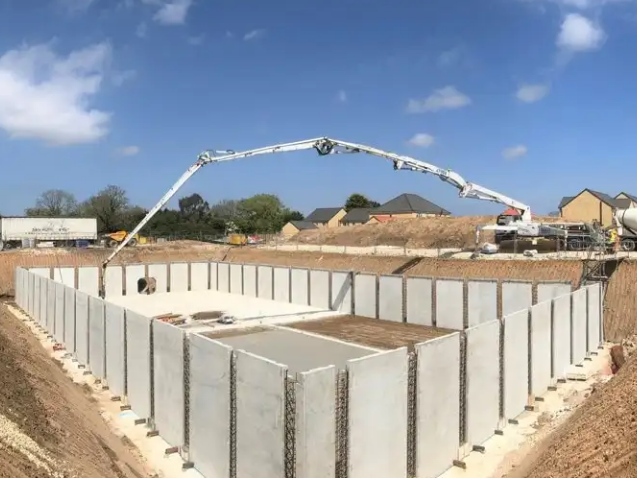Stormwater Management through Modern Approaches
When stormwater is absorbed into the soil, it is filtered and ultimately replenished into streams. However, in cities due to the presence of impervious surfaces all around, when heavy rainfall hits the ground it may create a flood-like situation. This floodwater often carries pollutants, debris, chemicals, which are ultimately mixed into the nearby water bodies. To deal with this issue, it is important to install a stormwater management system.
Stormwater management is a way to prevent waterlogging in cities. In many cities of the U.K, there is still prevalent use of piped-based storm sewer system, which helps in preventing waterlogging, but it does not support in restoring the natural hydrological system. Plus, it fails to control the movement of pollutants from impervious city surfaces to the nearby water bodies.
Therefore, municipalities are adopting a more sustainable way of managing stormwater, thereby preventing stormwater pollution and routing it safely back into the water streams. While the traditional stormwater management practices considered stormwater as a waste product, the modern method focuses on reusing the stormwater and helping it recharge the groundwater and surface water.
A more modern and sustainable view of stormwater management focuses on preventing the increased risk of flooding and stream erosion, protecting water quality and the aquatic ecosystem. It does not just focus on diverting the flow of water but also addresses stormwater concerns through a variety of techniques, including strategic site designs. Examples of these techniques include bioretention facilities, such as rain gardens, vegetated rooftops, and rain barrels.
Combining the stormwater attenuation system with the storm sewer system
In urban and redevelopment areas, storm sewer system does not help in managing the quality and quantity of stormwater in case of heavy rainfall. Therefore, it is important to install a stormwater attenuation system in each household. The stormwater attenuation system comprises a stormwater attenuation tank which helps in collecting the entire rainwater falling on a house.
Stormwater attenuation tank helps in preventing waterlogging and managing the quality of water. Once water is stored in this tank, it can be diverted to the main drainage system at a moderate rate. This helps in avoiding extra pressure on the storm pipes. In urban areas, if each household assures that no polluted water is discharged from it to the main drainage system, the water pollution can be prevented.
Integrating GI practices into the storm sewer system
In urban and developed areas, impervious surfaces such as pavements and roofs prevent precipitation from naturally soaking into the ground. The scarcity of pervious, natural surfaces is the root cause of all the problems arising due to stormwater. Therefore, we should implement GI practices along with storm drains, sewer systems, and drainage ditches. GI practices like rain gardens and bioswales can help in restoring the underground water level and also help in preventing water pollution. This technique makes the combined use of green plants and soil to allow rainfall and snowmelt to soak into the soil. It helps in protecting, restoring, or mimicking the natural water cycle.
Conclusion- It is important to educate yourself on how to manage stormwater and mitigate the various problems arising due to it. While we have the least control over what the municipality does for this, by implementing stormwater attenuation system and GI practices, we can help in restoring the natural hydrological system.



Comments
Post a Comment